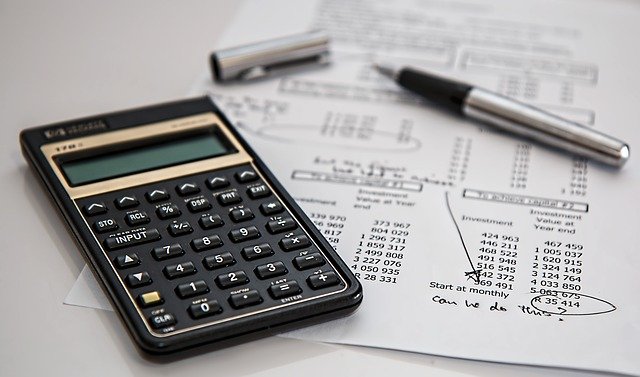Store Accessibility: Tips to Improve Accessibility Within a Store

Store Accessibility: It is advisable to ensure that your business is inclusive. Individuals that have impairments should have similar access to the people with no disabilities. Below are ways through which you can improve store accessibility:
Ensure the Entrances are Clear and Wide
The main entrances should be clear, and they should not have any obstacles. The entrances should also be well leveled to ensure that people with wheelchairs and those that require mobility aid will not roll as they open or close the door.
The commercial doors should be open at all times. The door pressure should not also exceed 8lbs for external doors. For internal doors, the pressure should not exceed 5 lbs. People that have disabilities normally struggle to open the doors, and when the pressure is high, they might incur physical injuries.
The Staff Should Attend a Workshop on Disability Response
The employees with an attitude act as a limitation to individuals with disabilities. The staff should know how to respond appropriately when dealing with people with disabilities. It is advisable to ensure that they have enrolled in a workshop to learn more about how to deal with such individuals.
When the employees are trained on disability responsiveness, such issues can be avoided. The disability workshops come in handy since they ensure the staff can respond appropriately. Employees get to learn more about assisting disabled people and making use of their inclusive language.
Making Sure Everything is Highly Visible
The lighting within the store should be adequate. Proper lighting comes in handy for people who have visual impairments.
You can make sure the store has contrasting colors, which will help the visually impaired individuals can easily identify different objects. Contrasting patterns also come in handy.
There Should be Enough Room Around the Displays
A clear route should be present around the displays present at the store. The width should also favor individuals using mobility aids. For mobility scooters and wheelchairs, the turning circle comes in handy.
The Counter Should be Lowered
Most of the counters are at least 1200mm tall, and they do not favor short people or individuals seated in wheelchairs since they will struggle as they are being served. A favorable height for the disabled and normal individuals will come in handy.
If it’s not possible, a two-tiered counter will come in handy. There should be a lower and higher level. Both counters should also be visible.
There could be a lowered section present on the shelf or counter that people with a wheelchair can use at a minimum. The desks and reception counters must also be designed in a manner that individuals with disabilities can handle each task normally. A payment terminal that is cordless also comes in handy such that different individuals can easily access it.
The Noise Should be Minimized
High noise levels are not suitable for individuals who are suffering from sensory challenges. The background challenges can prove to be challenging to individuals that have attention deficit disorders and people that use hearing aids.
Fortunately, the sound in the store can be dampened using curtains and soft furnishings. It is also advisable to install sound-absorbing panels. If it is not possible to install such, a “quiet hour” can come in handy.
The Dressing Rooms Should be Accessible
Suppose you store deals in clothes. The dressing rooms should be accessible. For starters, the floor should have a turning circle, coat hooks should be at the height of 1000mm, the door should supposedly swing out, and a bench seat must be installed at a 430mm height with an armrest and back support.
Conclusion
To ensure that your store is more accessible, you should ensure that you have adhered to each of the tips outlined above. Ensure there is inclusivity. Consider the needs of the impaired individuals such that the store will be easy to navigate, and it should be appealing visually.











